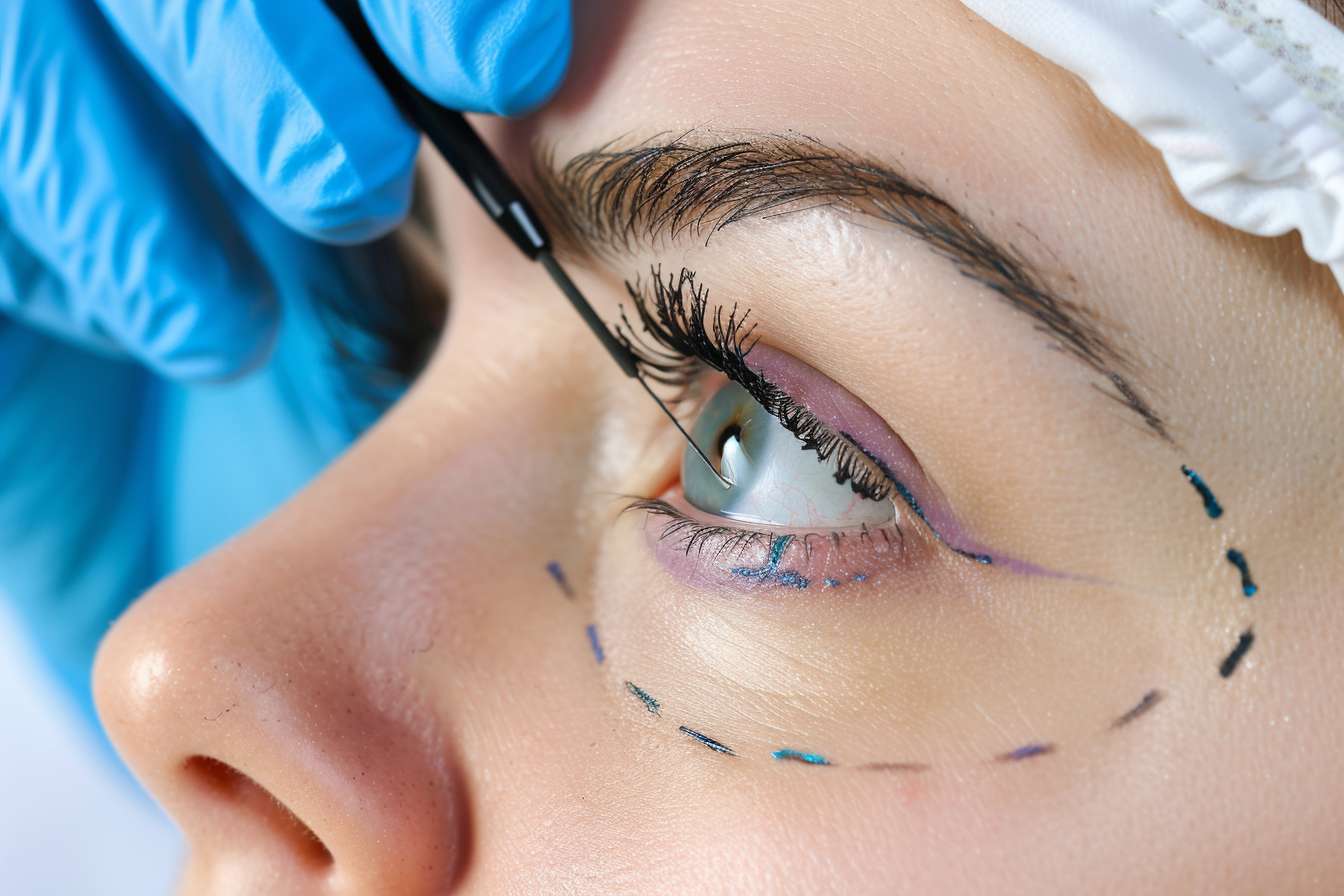The Cleaning Industry Goes Digital: How Smart Tools and Services Are Changing the Way We Work
The cleaning industry is undergoing a significant transformation as digital technologies reshape traditional practices. From sophisticated management software to IoT-enabled cleaning equipment, these innovations are revolutionizing how cleaning companies operate, manage teams, and deliver services. This digital evolution is creating unprecedented efficiency, transparency, and sustainability in an industry that has historically relied on manual processes.

The cleaning industry has long been characterized by manual processes, paper-based systems, and traditional approaches to service delivery. However, a technological revolution is sweeping through the sector, bringing sophisticated digital tools that are transforming operations from the ground up. As businesses and facilities across various industries continue to prioritize cleanliness and hygiene, cleaning service providers are leveraging technology to meet these growing demands while improving efficiency and service quality. This digital transformation is not just changing how cleaning tasks are performed but is reshaping the entire business model of the industry.
How Digital Tools Are Improving Team Management in Cleaning Companies
Modern cleaning companies are increasingly adopting digital solutions to streamline workforce management. Cloud-based scheduling systems allow managers to assign tasks, track attendance, and manage staff rotations with unprecedented ease. These platforms provide real-time updates on job assignments, enabling quick adjustments when unexpected situations arise. Mobile applications connected to these systems allow cleaning staff to receive instant notifications about schedule changes, new assignments, or special client requests.
Digital onboarding and training tools are also revolutionizing how cleaning companies prepare their workforce. Interactive training modules, video demonstrations, and digital skill assessments ensure consistent service quality across teams. Some advanced platforms even incorporate gamification elements to increase engagement and motivation among cleaning staff. These digital approaches to team management have significantly reduced administrative burdens while improving communication between management and frontline workers.
The Impact of Cleaning Staff Management Software on Business Efficiency
Cleaning staff management software has become an essential tool for companies looking to optimize their operations. These comprehensive platforms integrate multiple functions including scheduling, time tracking, performance monitoring, and reporting into unified systems. The real-time monitoring capabilities allow supervisors to track service delivery, ensuring that quality standards are consistently met across all client locations. When issues arise, managers can immediately identify and address them, preventing small problems from escalating into client dissatisfaction.
The data collection and analysis capabilities of these software solutions provide valuable insights for business improvement. By analyzing patterns in service delivery times, resource utilization, and client feedback, cleaning companies can make informed decisions about staffing levels, equipment needs, and process improvements. This data-driven approach has helped many cleaning businesses reduce operational costs while simultaneously improving service quality, creating a competitive advantage in an increasingly demanding market.
Rising Demand for Professional Cleaning Services Across Industries
The demand for professional cleaning services continues to grow steadily across various sectors. Healthcare facilities require specialized cleaning protocols to maintain sterile environments and prevent healthcare-associated infections. Commercial office spaces seek regular maintenance to create healthy, productive workplaces for employees. The hospitality industry depends on immaculate cleanliness to maintain reputation and guest satisfaction. Retail establishments need consistent cleaning services to create inviting shopping environments.
This increasing demand has been further accelerated by heightened awareness of hygiene and sanitation following global health concerns. Organizations that previously handled cleaning in-house are now outsourcing to professional services that can provide specialized expertise, advanced equipment, and consistent results. The expanding market has created opportunities for cleaning companies to specialize in niche services, such as green cleaning, healthcare sanitation, or industrial cleaning, further driving industry growth and innovation.
New Technologies Making the Cleaning Industry More Efficient and Transparent
Technological innovations are dramatically improving efficiency and transparency throughout the cleaning process. IoT-enabled cleaning equipment can now track usage, monitor performance, and alert maintenance teams when servicing is required. Smart sensors installed in facilities can detect usage patterns in different areas, allowing for demand-based cleaning rather than rigid schedules. This targeted approach ensures resources are allocated where they’re most needed, reducing waste and improving outcomes.
Digital quality control systems have introduced unprecedented transparency to cleaning operations. Mobile inspection applications allow supervisors to conduct standardized quality checks, document findings with photos, and generate detailed reports. Many companies now provide client portals where customers can access cleaning schedules, inspection reports, and communication logs. This transparency builds trust with clients while creating accountability throughout the service delivery process. The combination of efficiency-enhancing technologies and transparent reporting systems has significantly elevated the professional standing of the cleaning industry.
The Evolution of Cleaning into a Technology-Driven Industry
The cleaning sector is rapidly evolving from its traditional roots into a modern, technology-driven industry. Robotics and automation are becoming increasingly common, with autonomous floor scrubbers and vacuum systems handling routine tasks in large facilities. These machines can work consistently for extended periods, freeing human staff to focus on more complex cleaning tasks that require judgment and flexibility. Some advanced systems even use artificial intelligence to learn facility layouts and optimize cleaning paths over time.
Environmental sustainability has become another focus area for technology innovation in cleaning. Digital inventory management systems help companies minimize chemical usage and reduce waste. Water-efficient equipment with precise dosing capabilities ensures optimal resource utilization. Some forward-thinking companies are implementing comprehensive sustainability tracking systems that measure and report on environmental impacts, appealing to environmentally conscious clients. These technological advancements are attracting a new generation of tech-savvy professionals to the cleaning industry, changing perceptions and elevating its status as an innovative career path.
Real-World Implementation and Cost Considerations
Implementing digital cleaning solutions requires careful consideration of costs and potential returns on investment. Companies must evaluate both immediate expenses and long-term benefits when selecting appropriate technologies for their operations.
| Technology Solution | Approximate Implementation Cost | Potential Annual ROI |
|---|---|---|
| Basic Staff Management Software | $50-150 per user/month | 15-25% efficiency improvement |
| Advanced Cleaning Management Platform | $200-500 per user/month | 20-35% operational cost reduction |
| IoT-Enabled Cleaning Equipment | $5,000-25,000 per machine | 30-45% labor cost savings |
| Quality Control & Reporting Systems | $100-300 per user/month | 10-20% client retention improvement |
| Autonomous Cleaning Robots | $15,000-50,000 per unit | 25-40% reduction in routine cleaning costs |
Prices, rates, or cost estimates mentioned in this article are based on the latest available information but may change over time. Independent research is advised before making financial decisions.
While the initial investment in digital tools may seem substantial, many cleaning companies report achieving positive returns within 6-18 months through improved efficiency, reduced labor costs, and enhanced client satisfaction leading to better retention rates. Most providers offer scalable solutions that allow businesses to start with basic functionality and expand as they grow, making digital transformation accessible even for smaller cleaning operations.
The cleaning industry’s digital transformation represents a fundamental shift in how cleaning services are managed, delivered, and evaluated. As technology continues to evolve, we can expect further innovations that will continue to enhance efficiency, improve service quality, and elevate the professional status of cleaning work. Companies that embrace these digital tools position themselves at the forefront of an industry that is increasingly recognized for its essential role in maintaining healthy, productive environments across all sectors of society.




